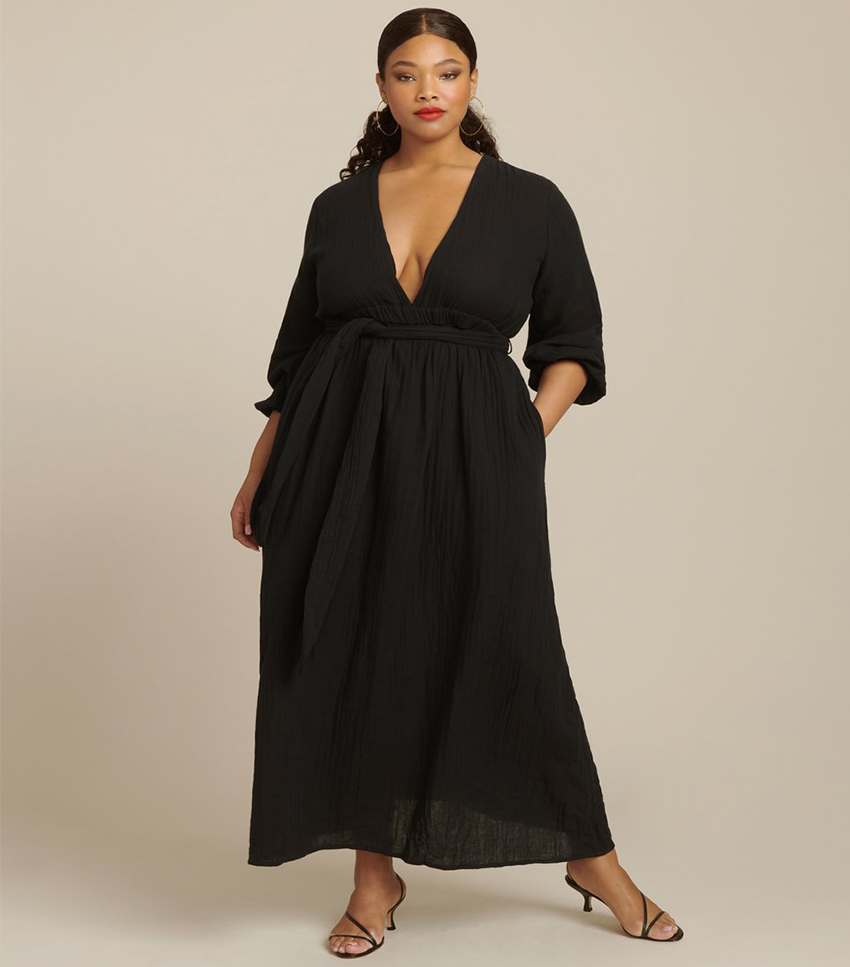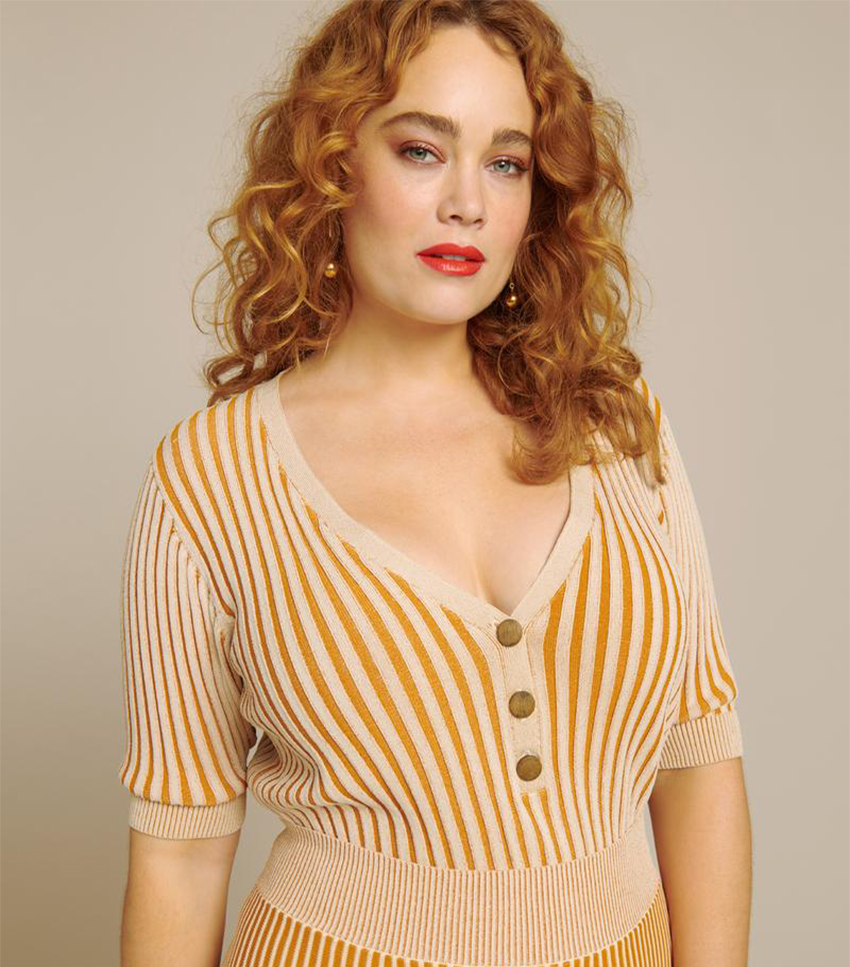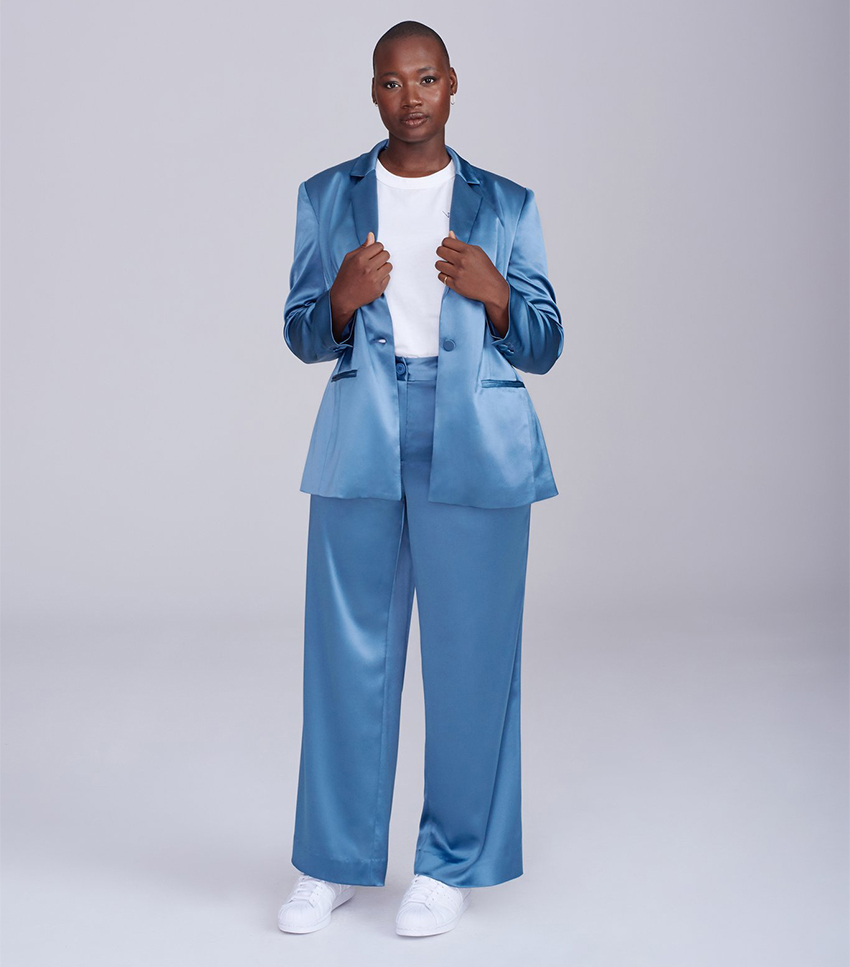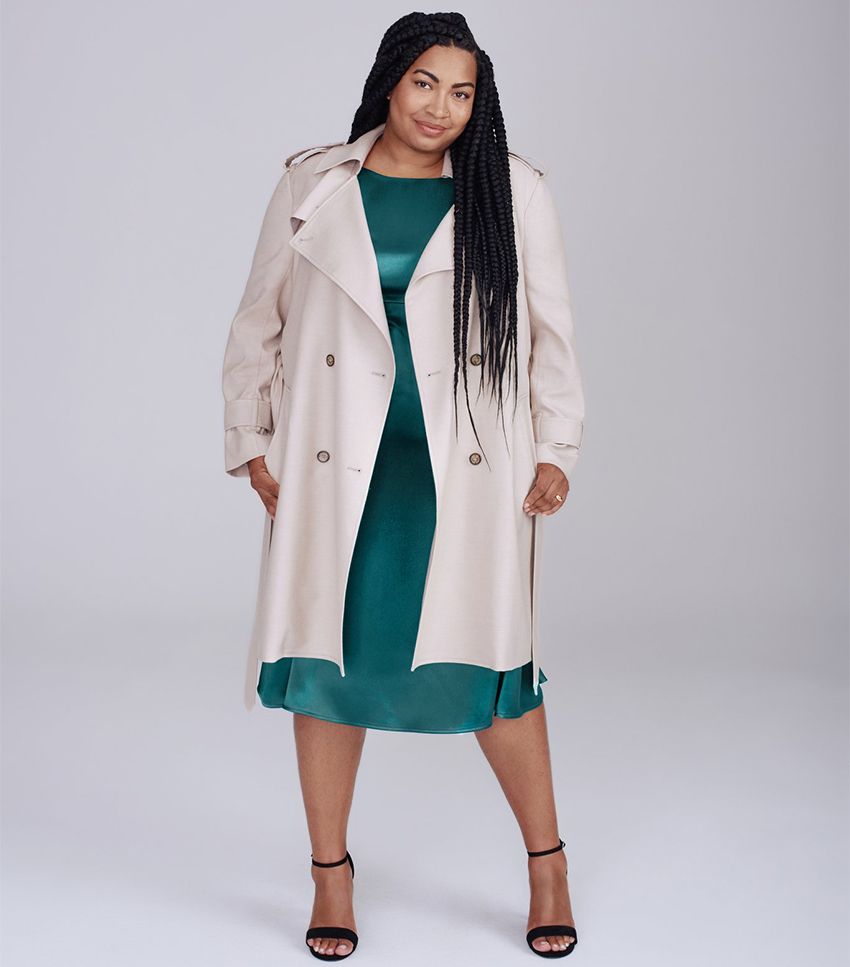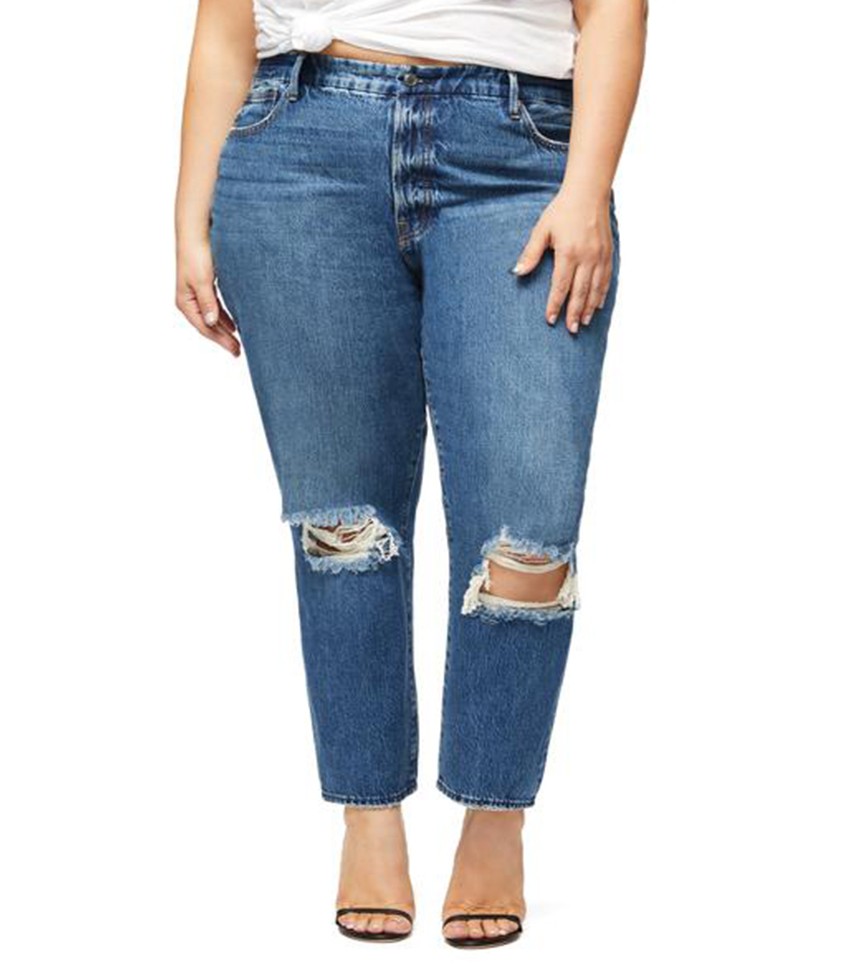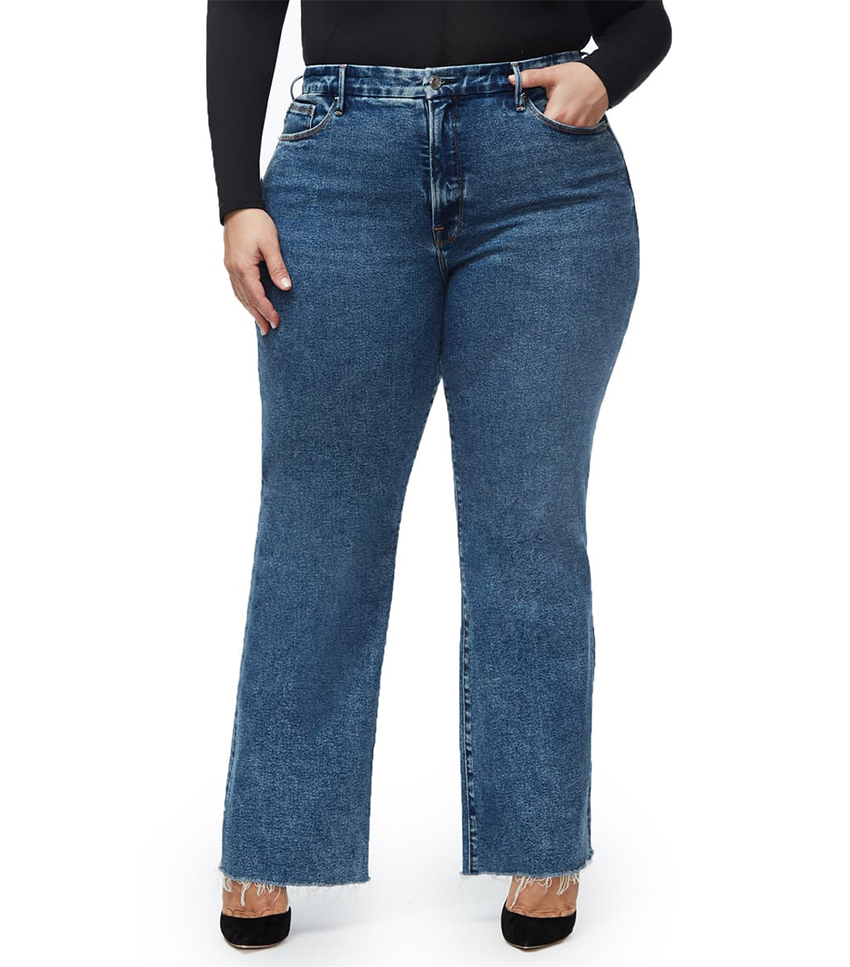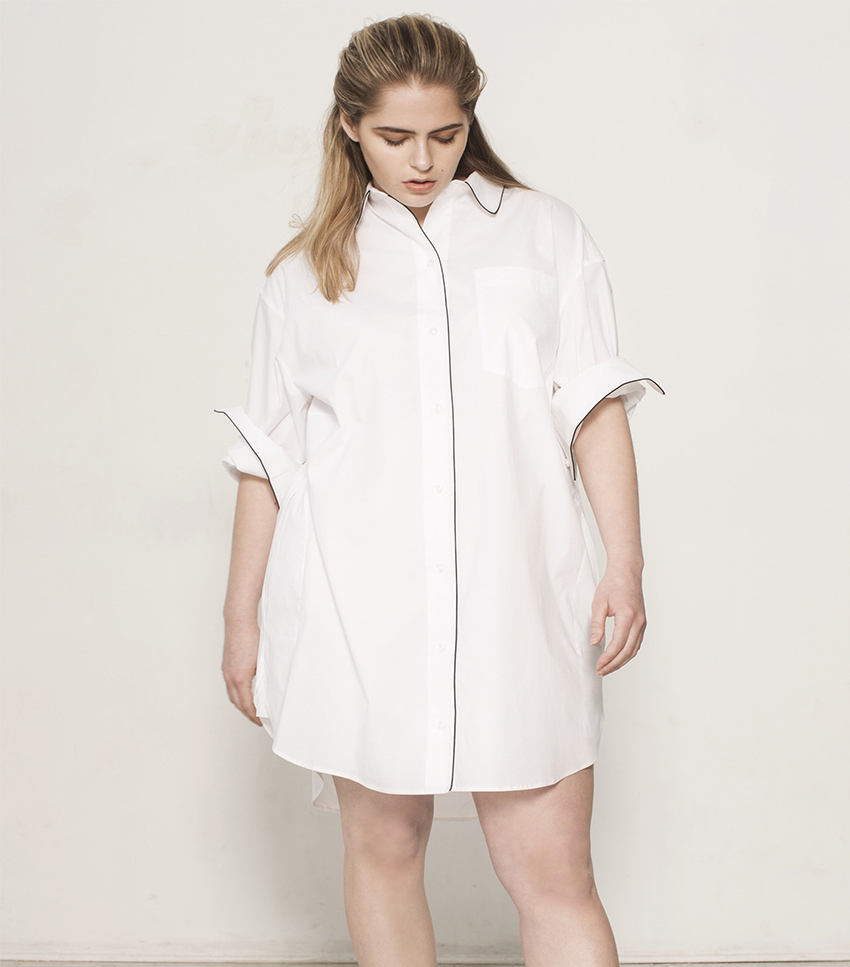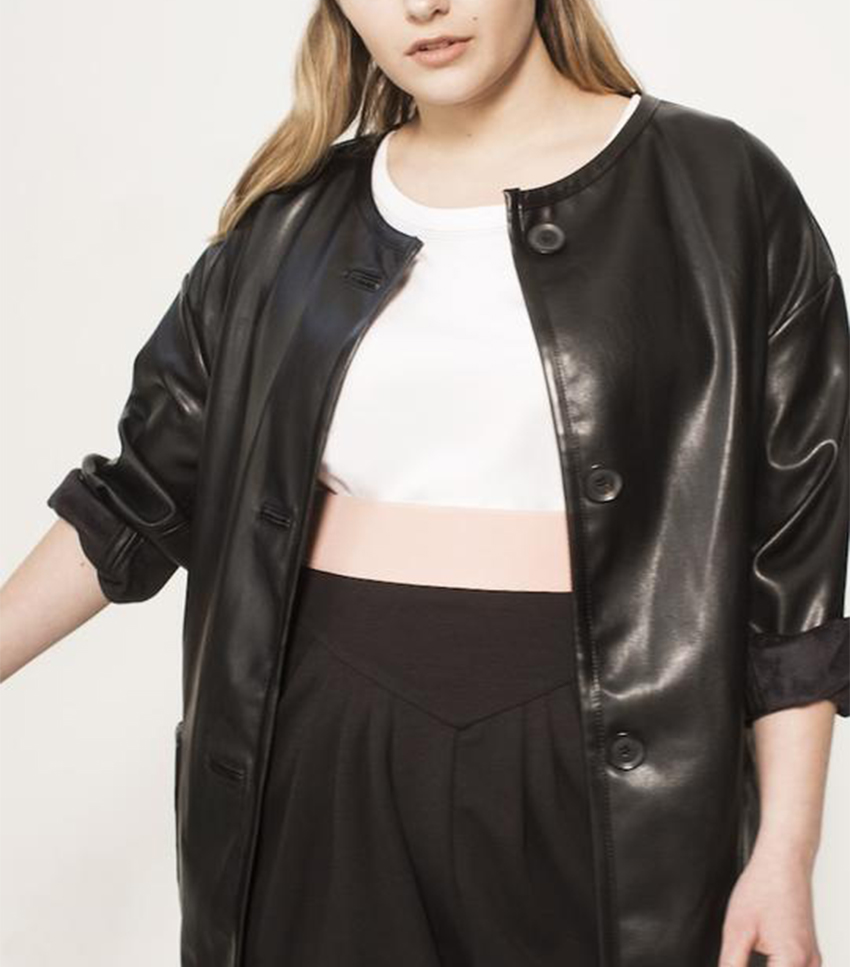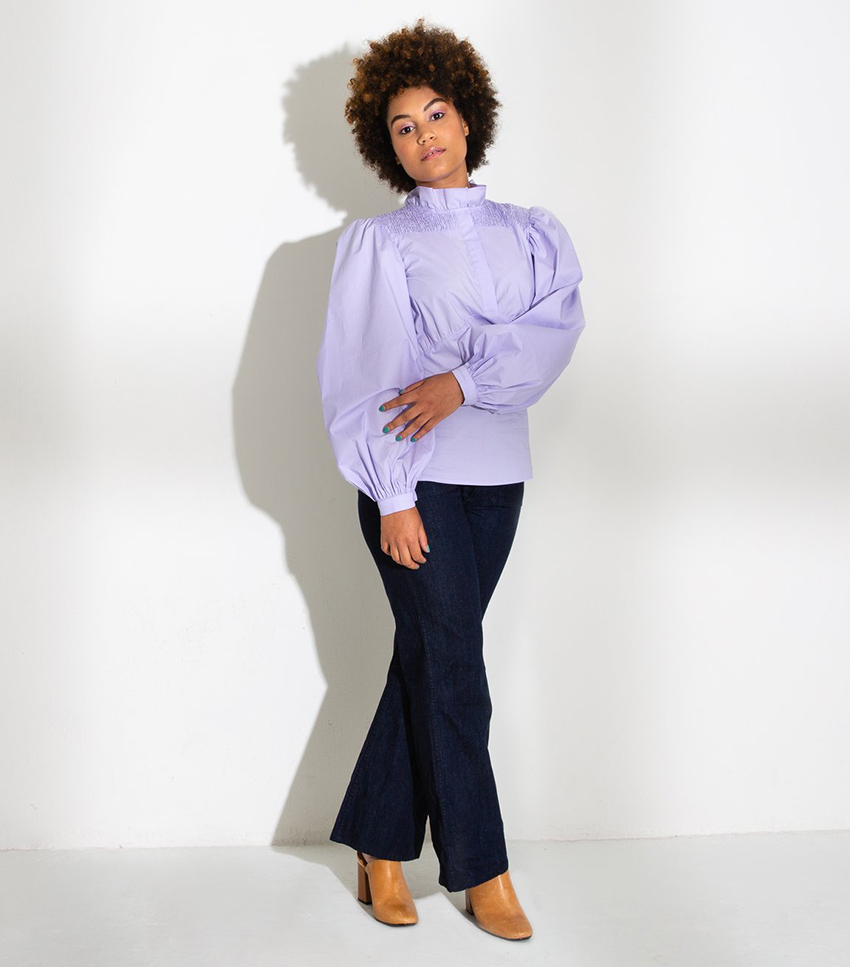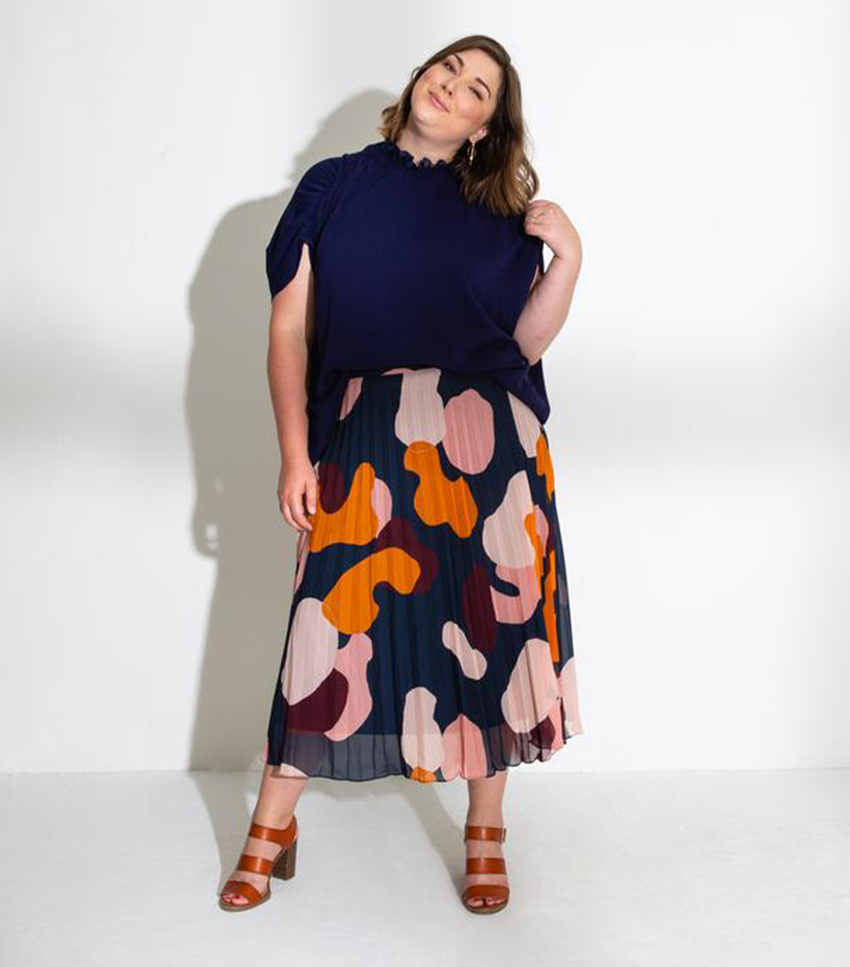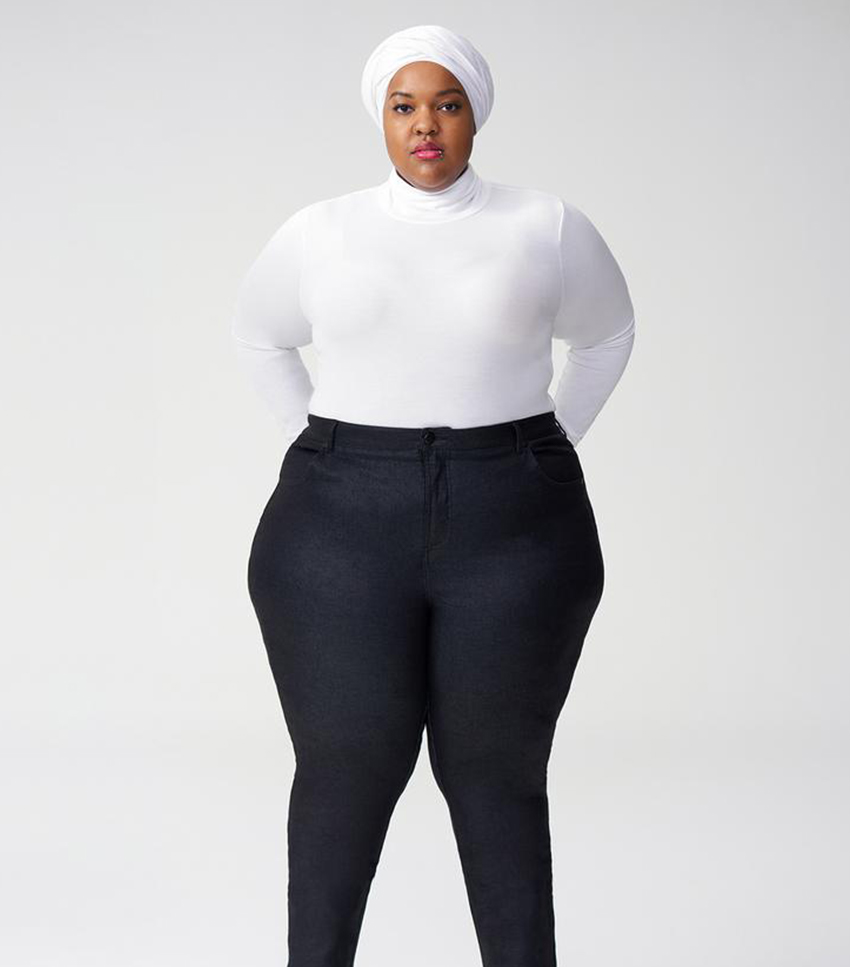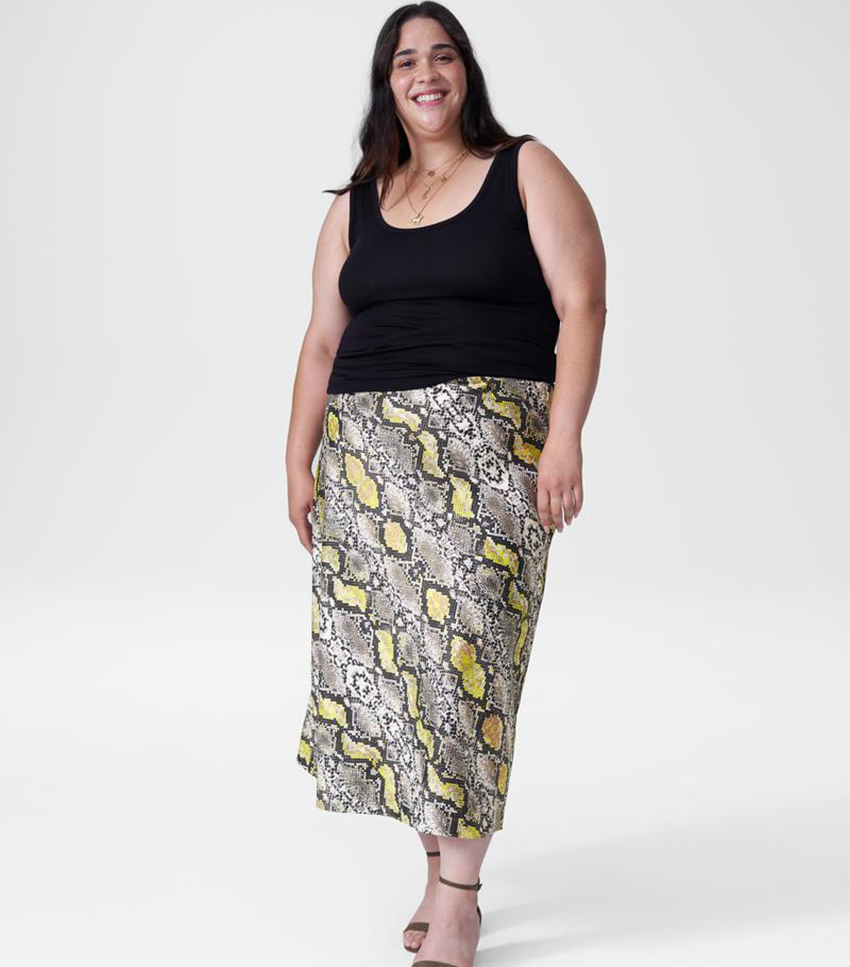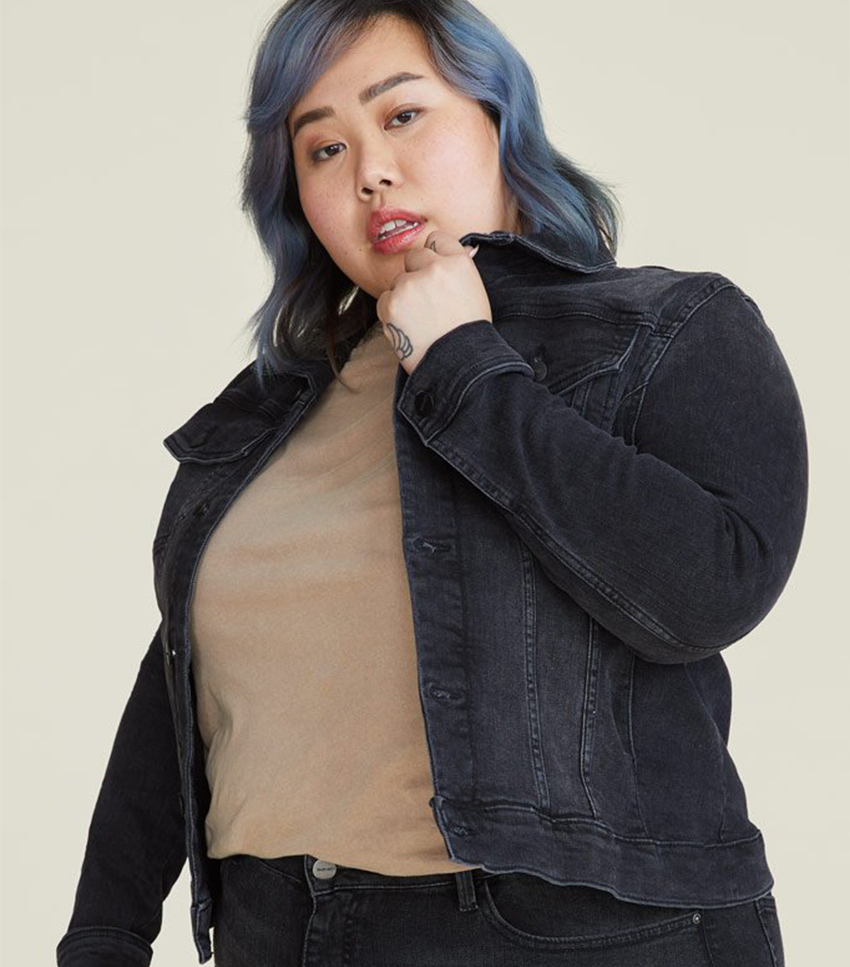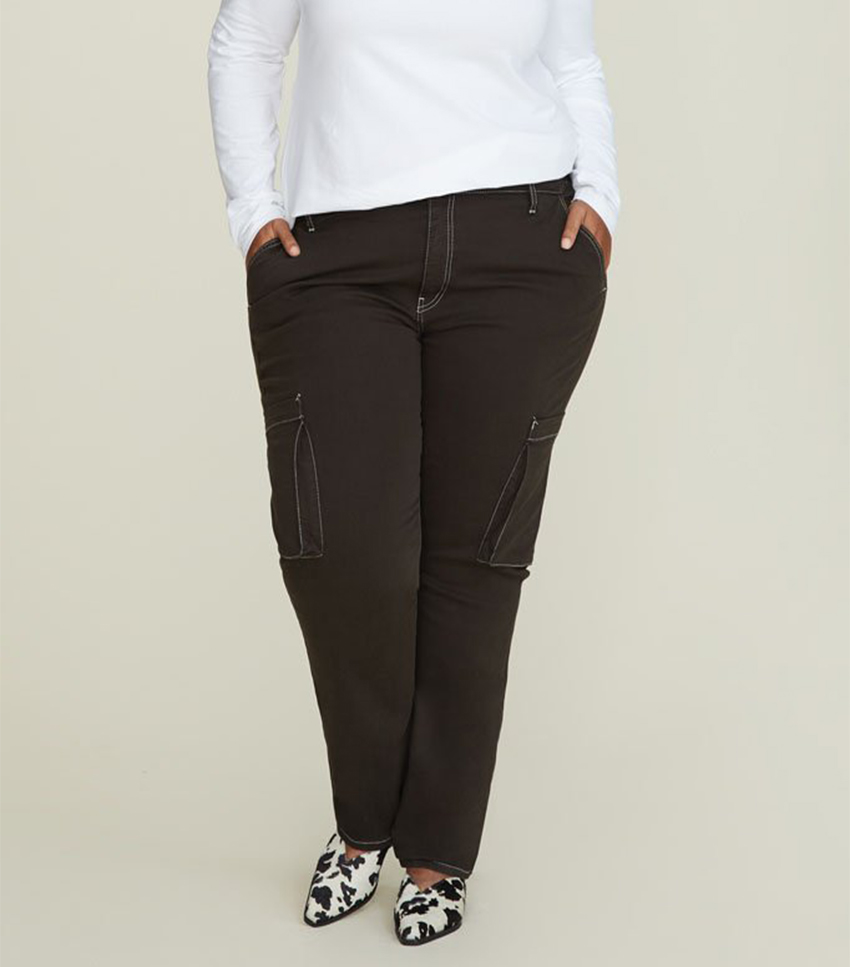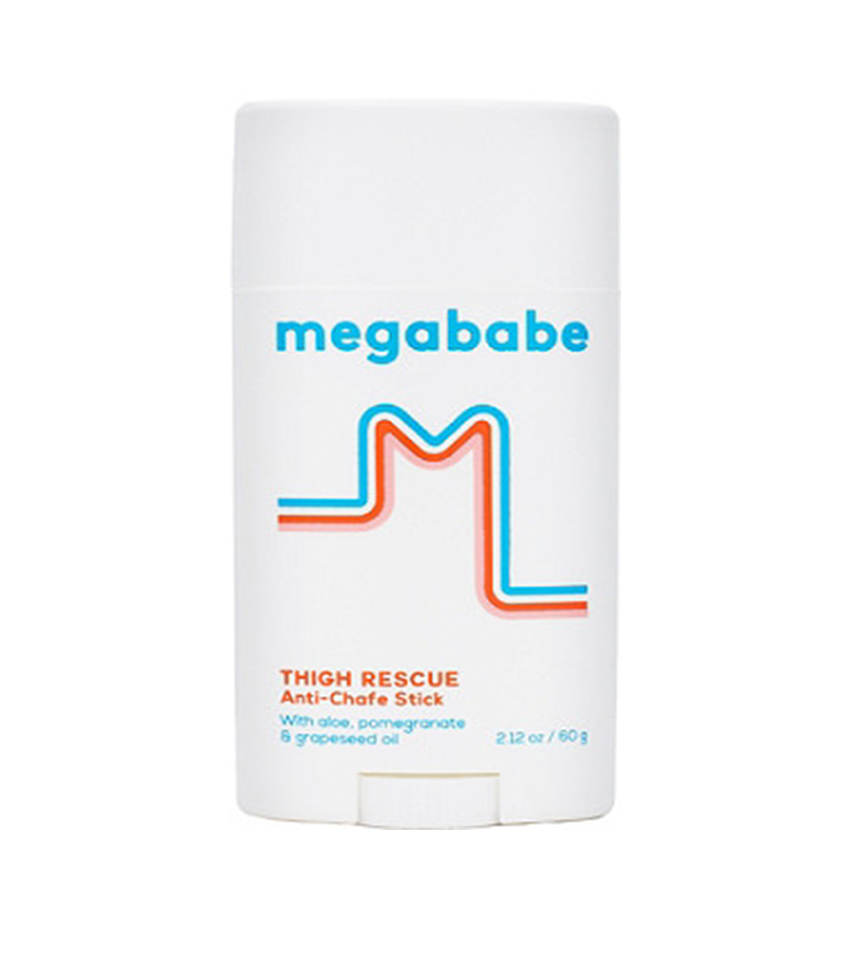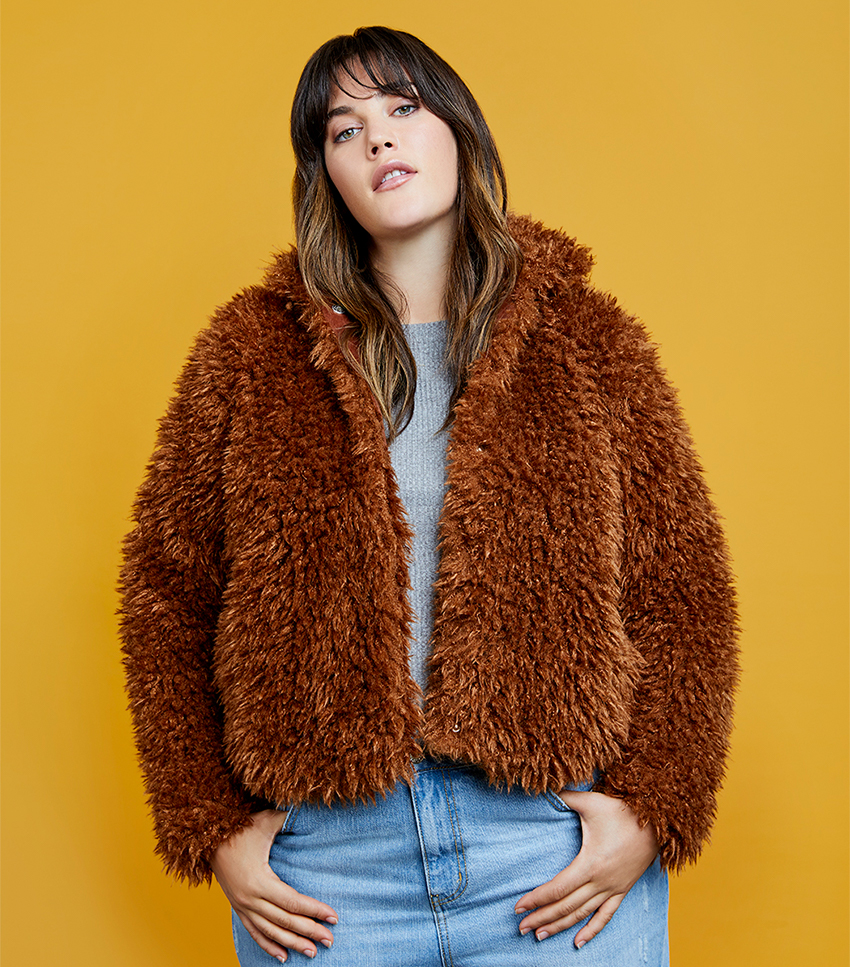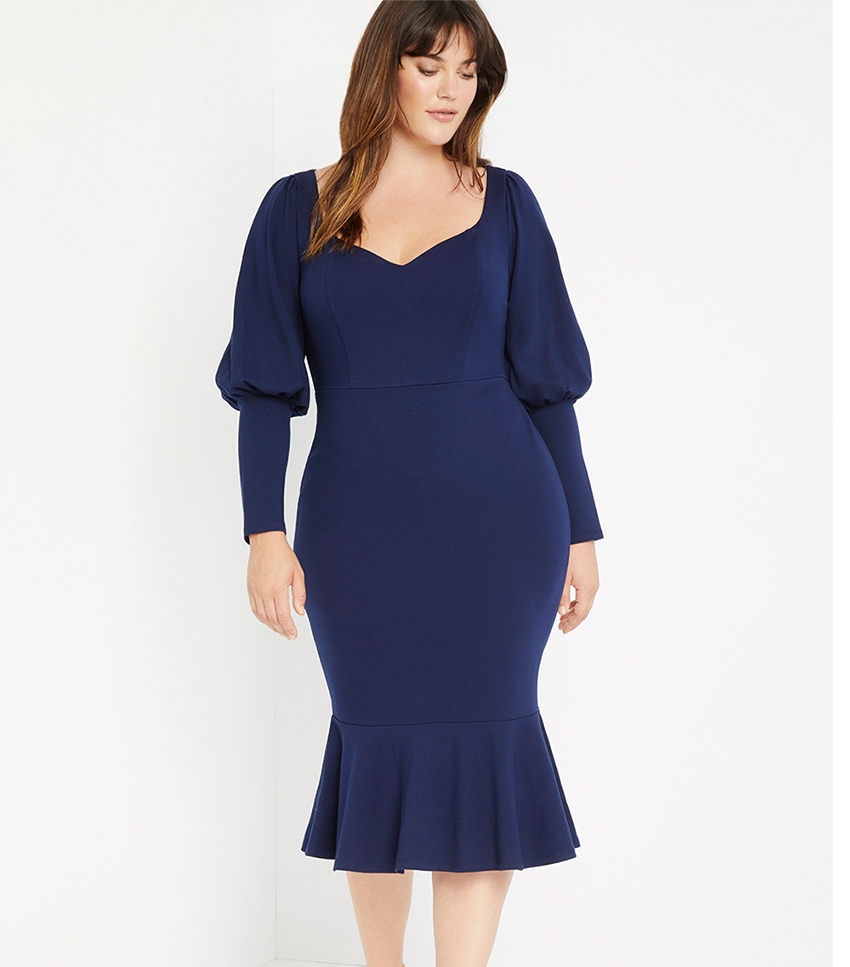10 Designers Speak Candidly on Why the Industry Is Plus-Averse
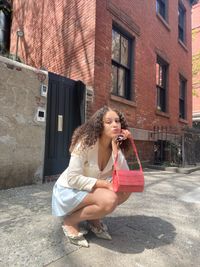
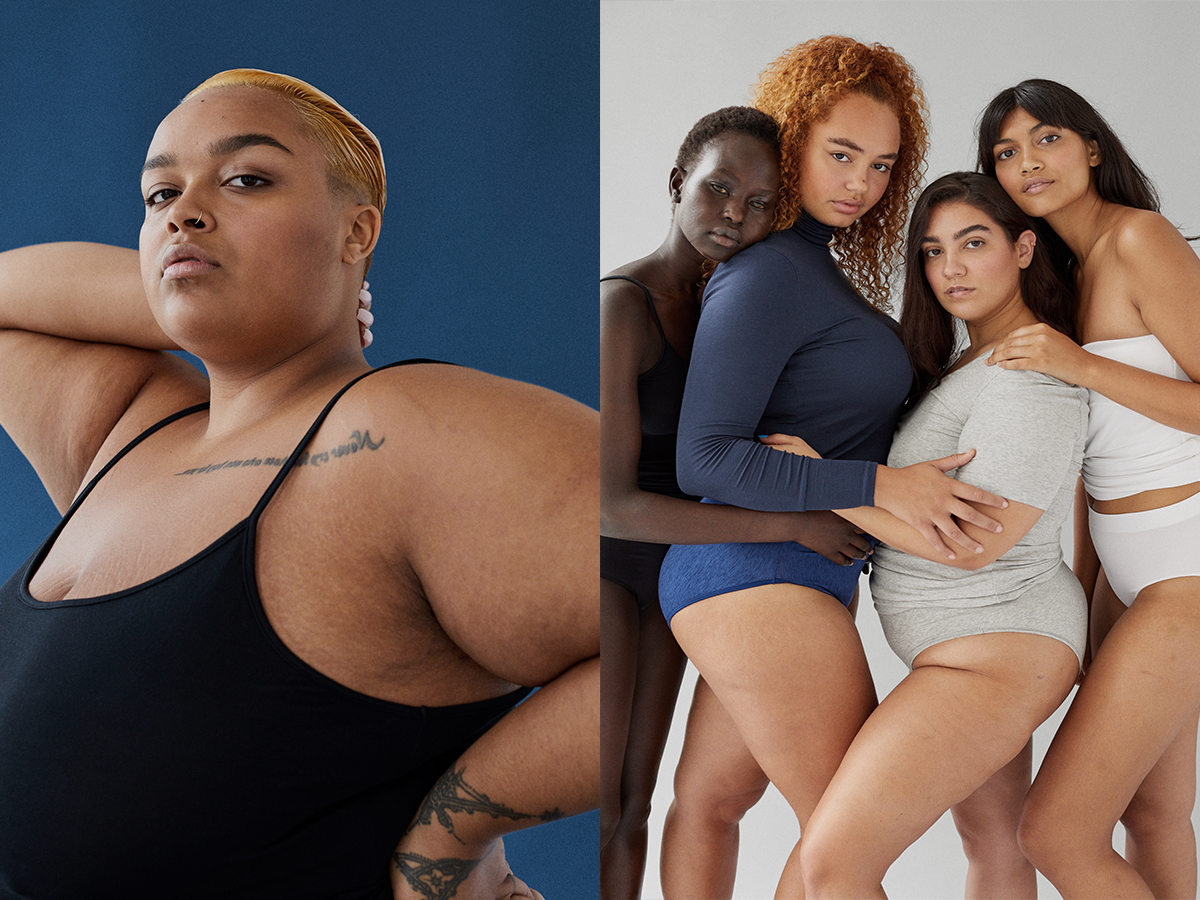
There are two things that drive me insane about the fashion industry: The first being the lack of true inclusivity when it comes to designing, marketing, and producing clothing for women of all sizes. The second is when the conversation around inclusivity in any aspect is surface level only, avoiding the nitty-gritty uncomfortable facets of reality, and doesn’t offer tangible solutions.
In a world so often preoccupied with everything that’s going wrong, I wanted to take the opportunity to focus on what’s going right—specifically, highlighting the designers who are at the forefront of changing the way we relate to sizing within the fashion industry. Let’s face it: We can talk about inclusivity all day, or we can roll up our sleeves, do the work, and actually be inclusive. Ahead, here are 10 designers not only talking about shifting the industry but doing the work, too.
11 Honoré, Patrick Herning, Founder CEO
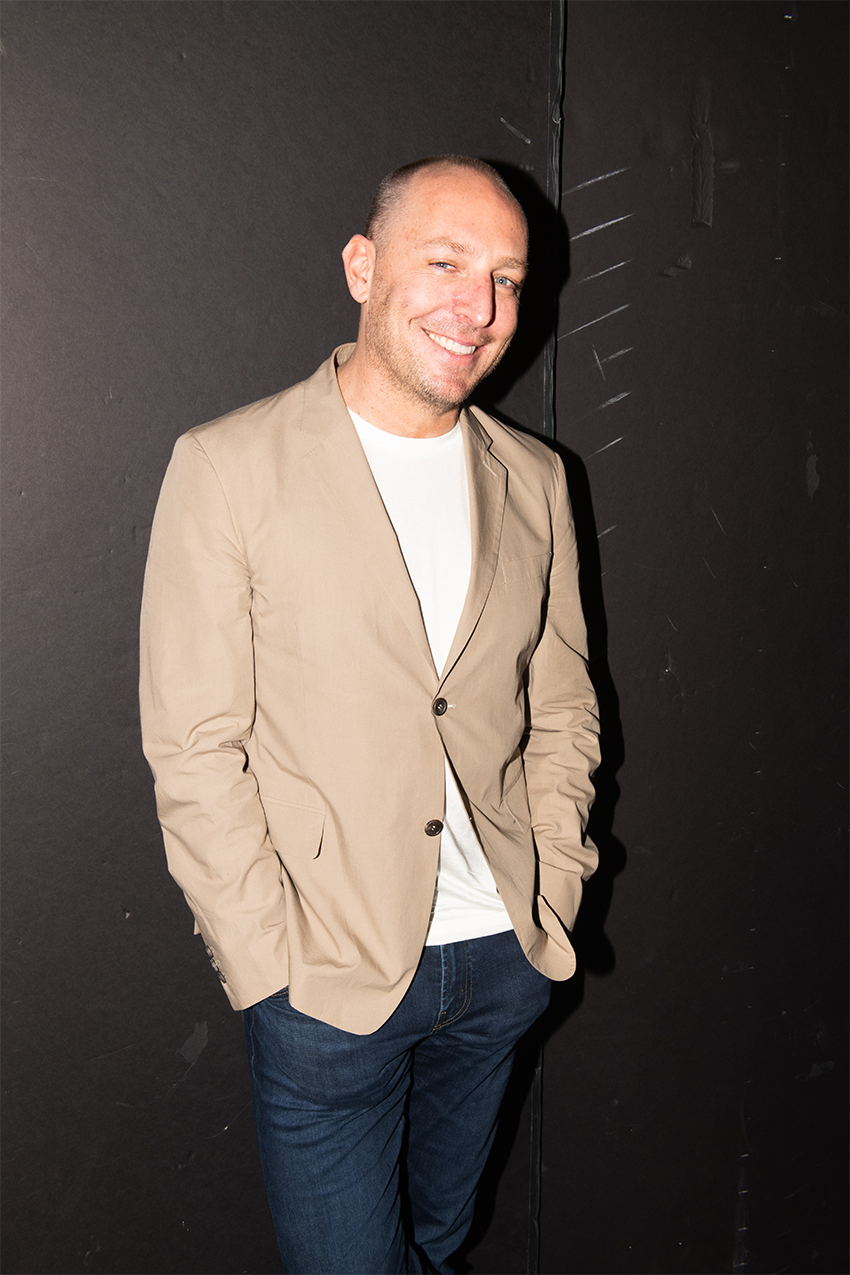
About the Company: 11 Honoré is a multi-brand e-retailer carrying luxury brands and designers, exclusive to its site. It works with fashion houses to partner and support them in becoming size-inclusive and creating luxury pieces ranging from size 12 to 24.
Why do you think traditionally the industry has shied away from creating more fashion-forward, bold, sultry pieces for curvier women?
Most likely due to a bias that fashion has had toward a curvy figure. From the media to models and of course, the "standard" size run, thin has always been the lens that the entire industry has been placed under. As for bold and fashion-forward design, it takes technical knowledge and thoughtful design to make that happen, and the brands and designers creating high-end fashion were all sticking to straight sizes…until now.
"Extending sizing is completely possible if a brand or designer wants to do it. Yes, there is a learning curve and definitely an investment of time and resources in order to make sure it's done really well, but technically there is no reason it cannot be done."
Oftentimes clothing that is created for curvier women is either impractical, bland, or prone to wardrobe malfunctions. How do you think as designers can avoid falling into this issue?
By understanding that just because that is what she has always been offered does not mean that that's what she wants. It's just been the status quo with a lot of bias behind it, and that needs to and is changing.
Henning, Lauren Chan, Founder
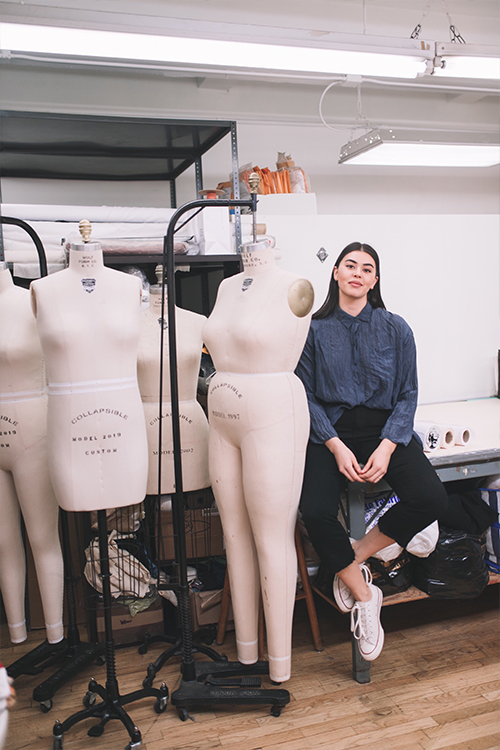
About the Brand: Henning just launched this September is already making waves throughout the industry. Founded by a former plus-size model and fashion editor, Henning’s brand DNA focuses on tailoring and work-ready pieces for women size 12 and up. We’re expecting great things from this newcomer to space!
You got your start in the industry as a model then you became a fashion editor. From your experience, why do you think the industry is averse to creating both content and clothing for women of all sizes?
I think foremost, a lot of people just don’t want to do it because they don’t think women above size 12 deserve to be included in fashion. And secondly, because it’s a giant undertaking—it’s a lot of effort, a lot of knowledge that people don’t have, and it’s a lot of money. So for those two reasons combined, I think a lot of the fashion industry ignores plus-size women.
From an editorial and content aspect, I think because fashion has typically excluded plus-size people from both the inside and outside, everything from clothing offerings to content reflects that. So if there is nobody at a magazine who is plus-size, then it’s probably likely that nobody is covering the plus-size beat at that magazine.
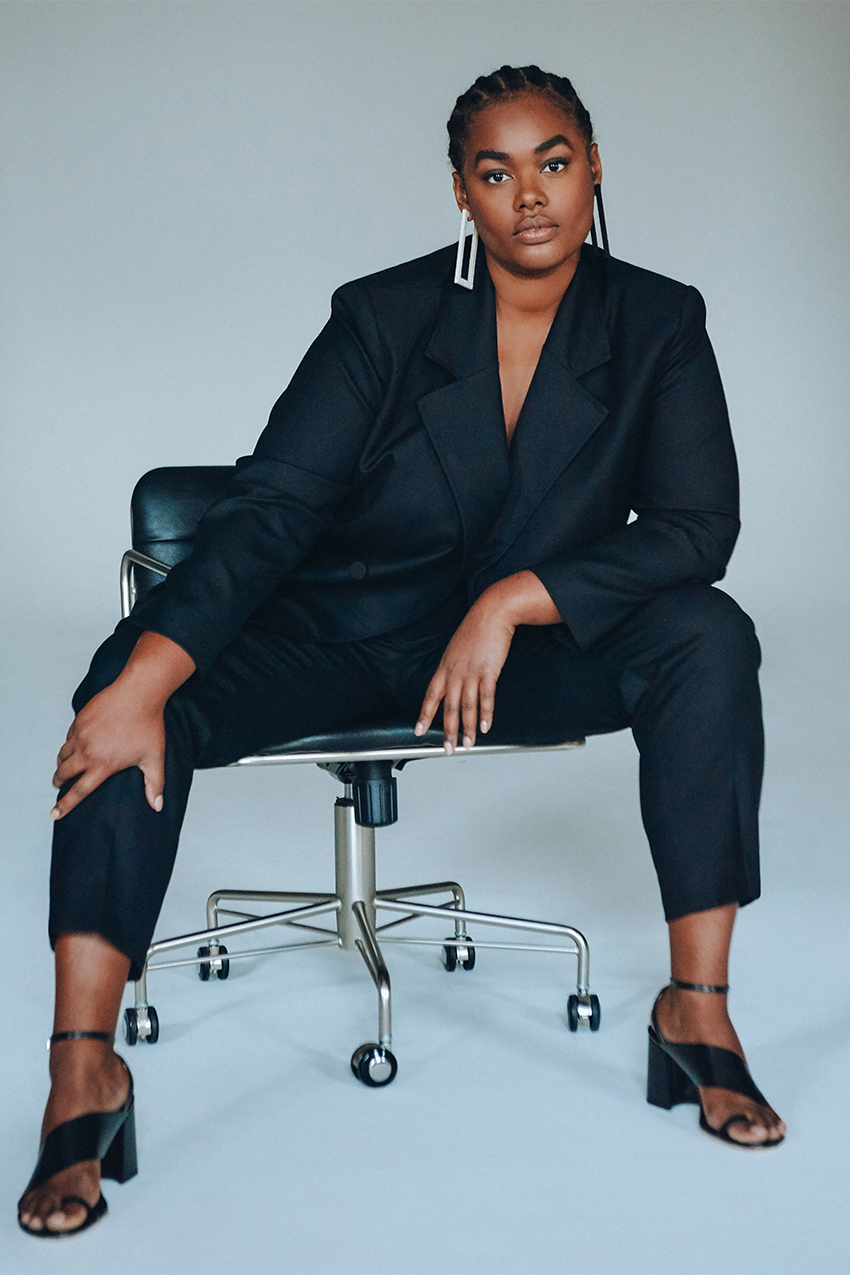
"I was a fashion editor at Condé Nast, but my peers were wearing current-season designer every day, and I was in the same meetings with them wearing Forever 21. Season after season, no one in the true fashion space was making clothing I could wear, so I decided to."
Typically plus-size clothing is not only limited in terms of product creation but also, there seems to be what many refer to as a "fat tax,” where plus-size products cost more. In your eyes, what’s happening here? And how do you think the industry can change the way we produce and price products?
Any clothing is a big undertaking to produce, but what happens is that it costs more money to make clothes that require more fabric or more embellishments, or a different pattern and another fit model. And unfortunately, when we see price jumps between straight sizes and plus-sizes, brands aren’t absorbing those costs on behalf of the plus-size customer—and that’s wrong. If brands are going to undertake including more sizes, then they need to think about how at the very worst they are going to absorb those costs—whether it’s at a customer acquisition cost, or it comes from the marketing budget. Nobody should be charged more because of their size.
Good American, Emma Grede, Founder CEO
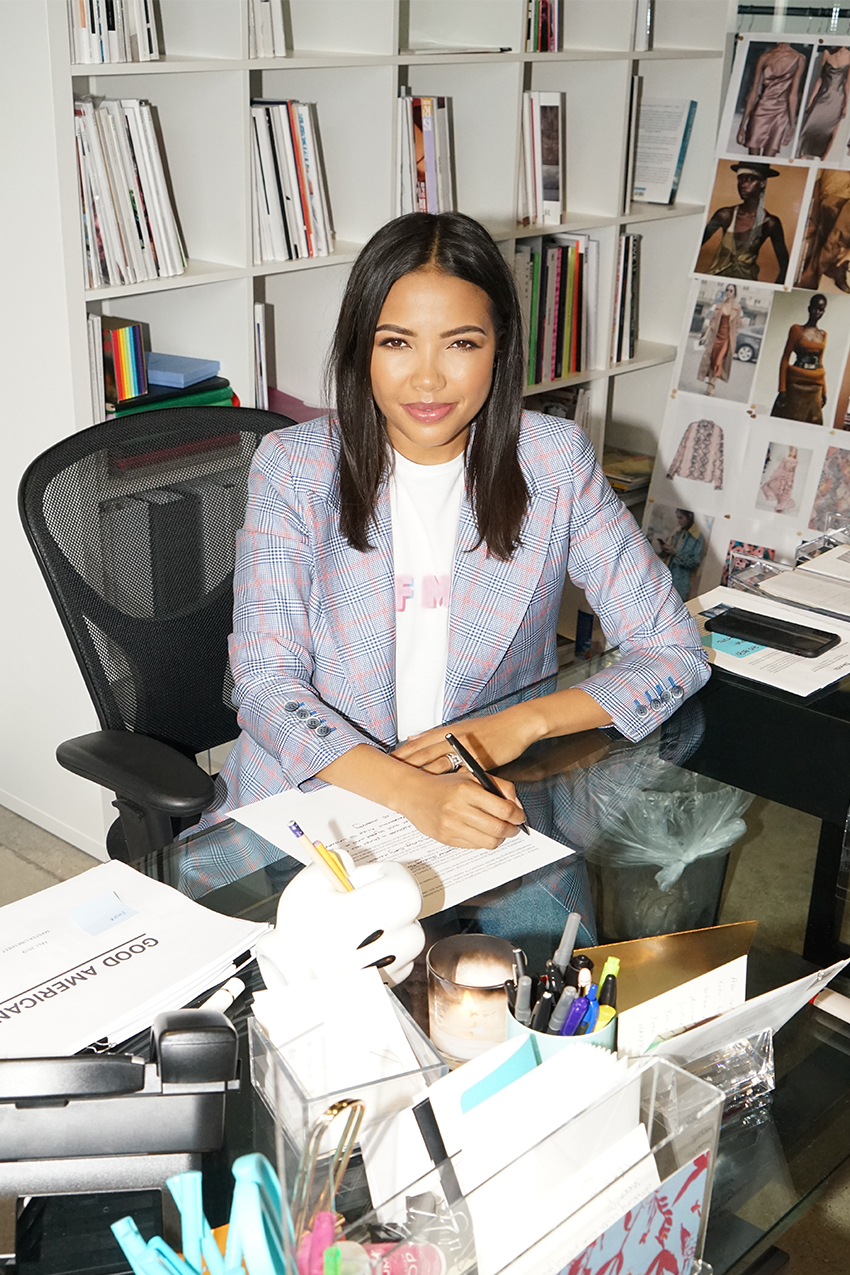
About the Brand: Good American is a brand founded by Emma Grede that has focused on size-inclusivity since day one and is dedicated to exploring new ways to make the shopping and retail experience better for bodies of all shapes and sizes.
Why do you think so many companies are averse to creating clothing for women of all sizes?
For starters, the fashion industry is inherently sizeist. Separately, being size-inclusive requires the right team and expertise. Not all designers have experience with extended sizing, so there’s hesitation among brands to offer a larger range of sizing because it varies from the "standard” design process they’ve been using for years. It’s really challenging to find design talent who understands fit, and many times brands don’t want to invest in that.
"In the beauty space, it would be considered unacceptable to release foundation shades in a few light skin tones. Therefore, we have to wonder why it’s okay for fashion brands to ignore the 68% of women who are a size 16+."
Unfortunately, plus-size still is taboo within the industry—despite the fact that the average American woman is a size 16. How do you think we can flip the narrative around sizing in the industry?
Many women have been ignored in the fashion industry up until this point, and while some brands are starting to recognize this, there is still a stigma in fashion around offering an extended range of sizing. By actually being inclusive and flipping the narrative ourselves, more brands are starting to realize that this is the way forward.
See Rose Go, Erin Cavanaugh Yi Zhou, Founders
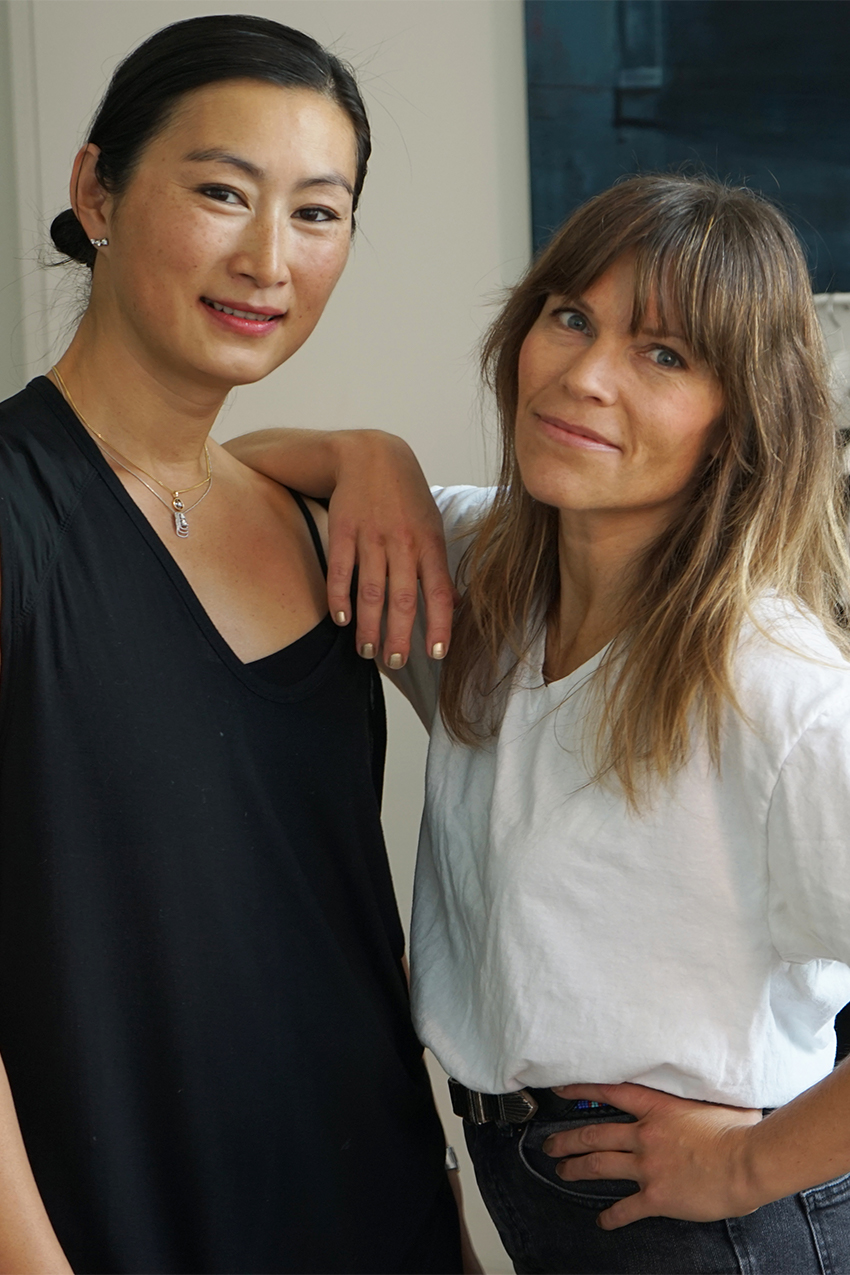
About the Brand: Founded by Erin Cavanaugh Yi Zhou, See Rose Go is a design-driven company with a thoughtful approach to material selection and craftsmanship, all at an accessible price point.
Why do you think traditionally the industry has shied away from creating more fashion-forward, bold, sultry pieces for curvier women?
The industry has felt it was enough to offer merely acceptable design and quality to a woman they felt was only focused on finding her size. At the outset, we were surprised to discover just how underserved this market is. When we asked one woman where she shops, her response floored us: "Where do I shop? Or where do I want to shop?” She doesn't want to be labeled or categorized. Both women and men want what everyone wants from a fashion brand—to be inspired and delighted.
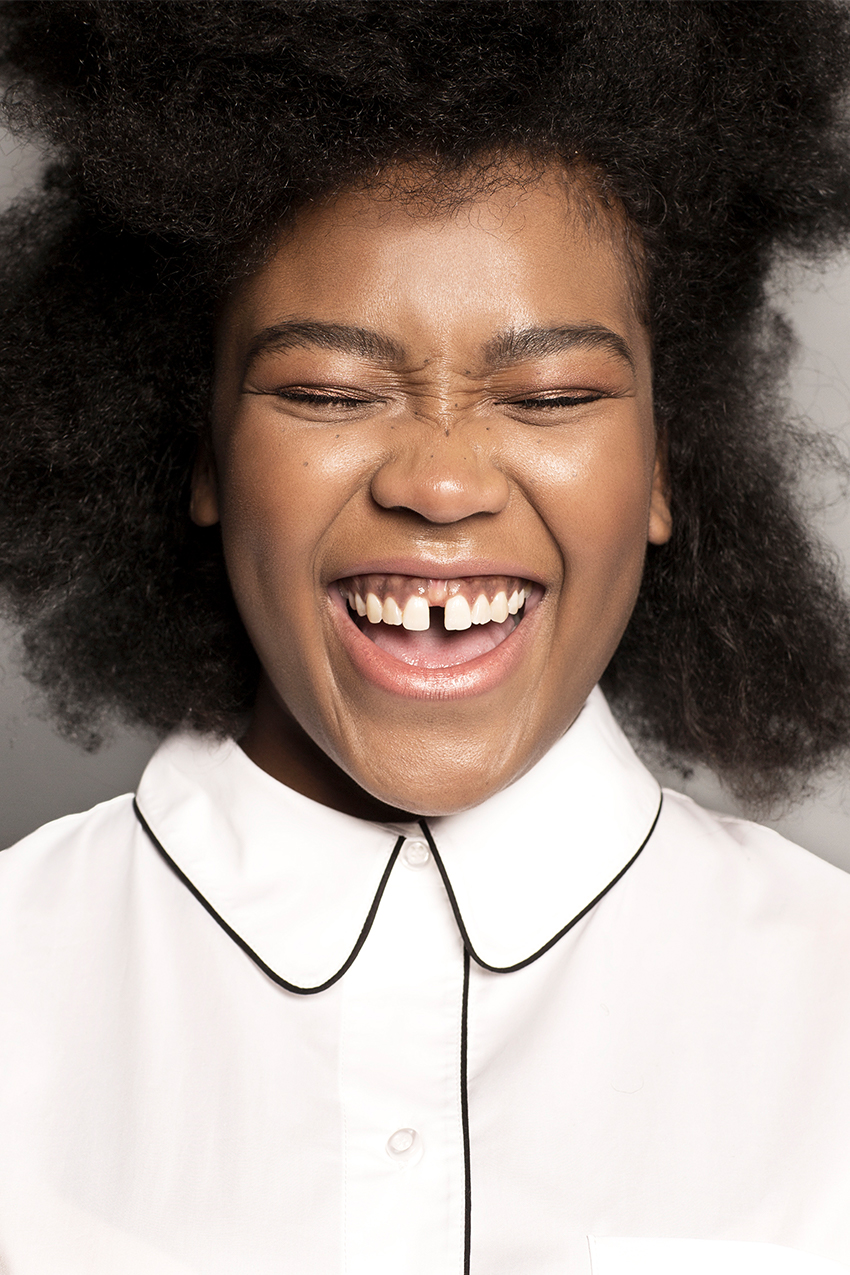
"Defining a woman by her size is as demeaning as defining who she is as a person by the way she looks. It is a perspective that is both out of date and out of touch."
Even the term "plus-size” is categorically irrelevant. All women are beautiful, and we can be part of establishing a new narrative around sizing by demonstrating through our design, fabrication, and features that "size means nothing.” She is not defined by size and neither are we.
What do you love about designing for women of all sizes?
Designing clothing is a humbling endeavor, and building a brand from scratch is even more challenging. But we know that there is a hunger for what we have to offer. And when you can create a unique piece that inspires a woman to go out and make her impact on the world, it makes the struggle all worth it.
Second Sight, Kaelen Haworth, Founder

About the Brand: Founded in New York City in 2017, Second Sight is dedicated to shifting the way we produce clothing, through not only inclusive sizing but also through tapered collection drops that are the antithesis to fast fashion.
Unfortunately, plus-size still is taboo within the industry—despite the fact that the average American woman is a size 16. How do you think we can flip the narrative around sizing in the industry?
I think that moving away from the term "plus-size” could help. At Second Sight we say "size-inclusive,” which we hope lets people know that they can find sizes for a variety of different body shapes and sizes. This is important too because bigger sizes don’t just mean bigger—it might mean someone has broad shoulders and wants to size up, or has a large bust to consider. There are a lot of factors that go into the way clothing fits bodies.
"It is a bigger financial investment, which can be a barrier for some brands to extending sizing. But I also think it can be intimidating at first to try and make clothing that looks good on a variety of body types. It takes a different approach from the start."
Unlike other brands, you create what's called "editions." Could you explain what that means in layman's terms and why it's so important to your brand ethos?
We decided to do it this way because we felt the traditional model, wholesale or seasonal, felt disconnected from the way people actually shop. So we created the editions as a way to address the need for immediacy while considering the fact that we produce in New York and are not making fast fashion.
Universal Standard, Alex Waldman, Co-Founder and CCO
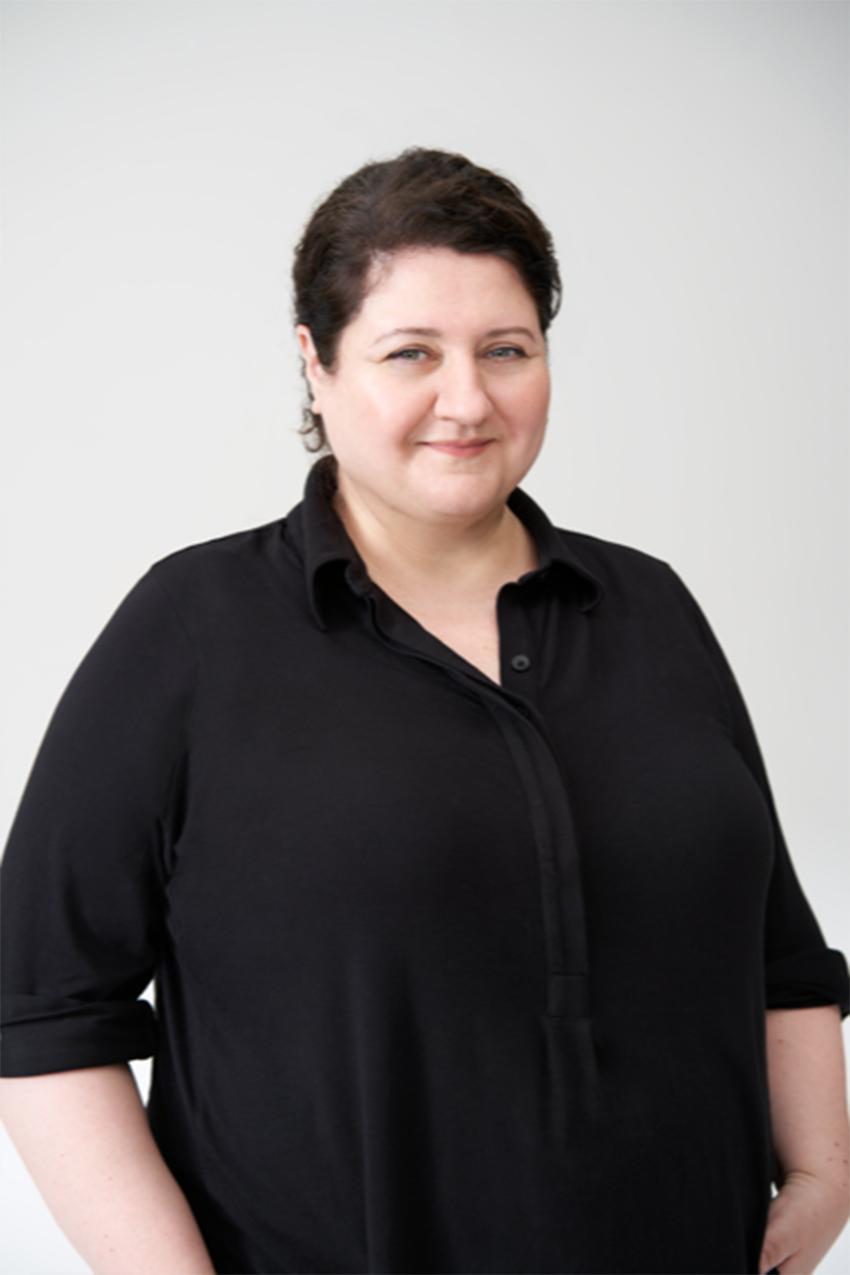
About the Brand: Unlike other companies that expand to plus-size, Universal Standard was founded specifically to cater to women above size 14, and then expanded to all sizes. It is one of the few brands in which every single collection is available from size 00-40.
Unfortunately, plus-size still is taboo within the industry—despite the fact that the average American woman is a size 16. How do you think we can flip the narrative around sizing in the industry?
Ultimately it comes down to access, representation, respect, and what we are taught is beautiful. We created this brand to change the lens through which fashion looks at women, and we will continue to push hard to make all of us visible by offering unprecedented access and radical representation. But we can not do it alone. We hope to show others in the industry that creating fashion for all women is not just the right thing to do, but is just good business. For us, fashion is the same whether it’s for a woman who is a size 4 or a size 34, so we don’t actually have a use for the term "plus-size fashion.” We think it’s time to retire these labels and instead invite all women to take part in a singular fashion industry. That’s the only way forward if we truly want to shift the narrative.
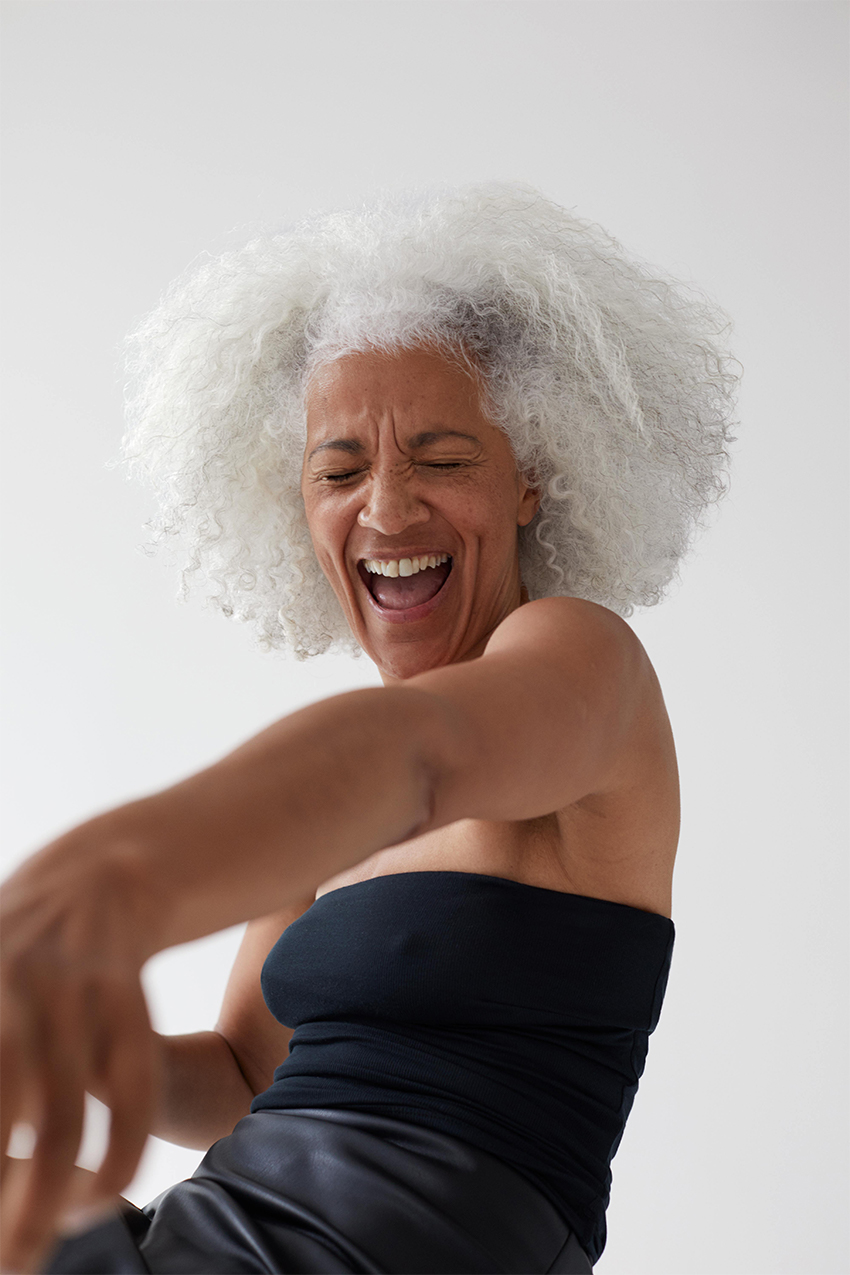
Oftentimes clothing that is creating for curvier women is either impractical, bland, or prone to wardrobe malfunctions. How do you think designers can avoid falling into this issue?
It’s funny, I’ve always thought the opposite! Plus-size clothing always seems to be over-decorated and over the top, with all that floral camouflage, beads, graphics, and terrible illustrations. If you wanted a simple white T-shirt, you had to go to a men’s brand.
"The clothing on offer for the bigger body was either something that infantilized you or hypersexualized you or painted you into some other exasperating corner of the plus-girl trope. We’ve always asked, 'If you wouldn’t offer this to a size 4 customer, why would you offer it to a size 24 customer?'"
This has informed our entire approach to product, and we’re always challenging ourselves to think differently, tell new stories, and incorporate trends in new and dynamic ways; and we wish more of our peers in the industry would do the same, which is why we’ve loved collaborating with J. Crew and Rodarte to help provide better access to their beautiful designs.
Warp + Weft, Sarah Ahmed, Founder
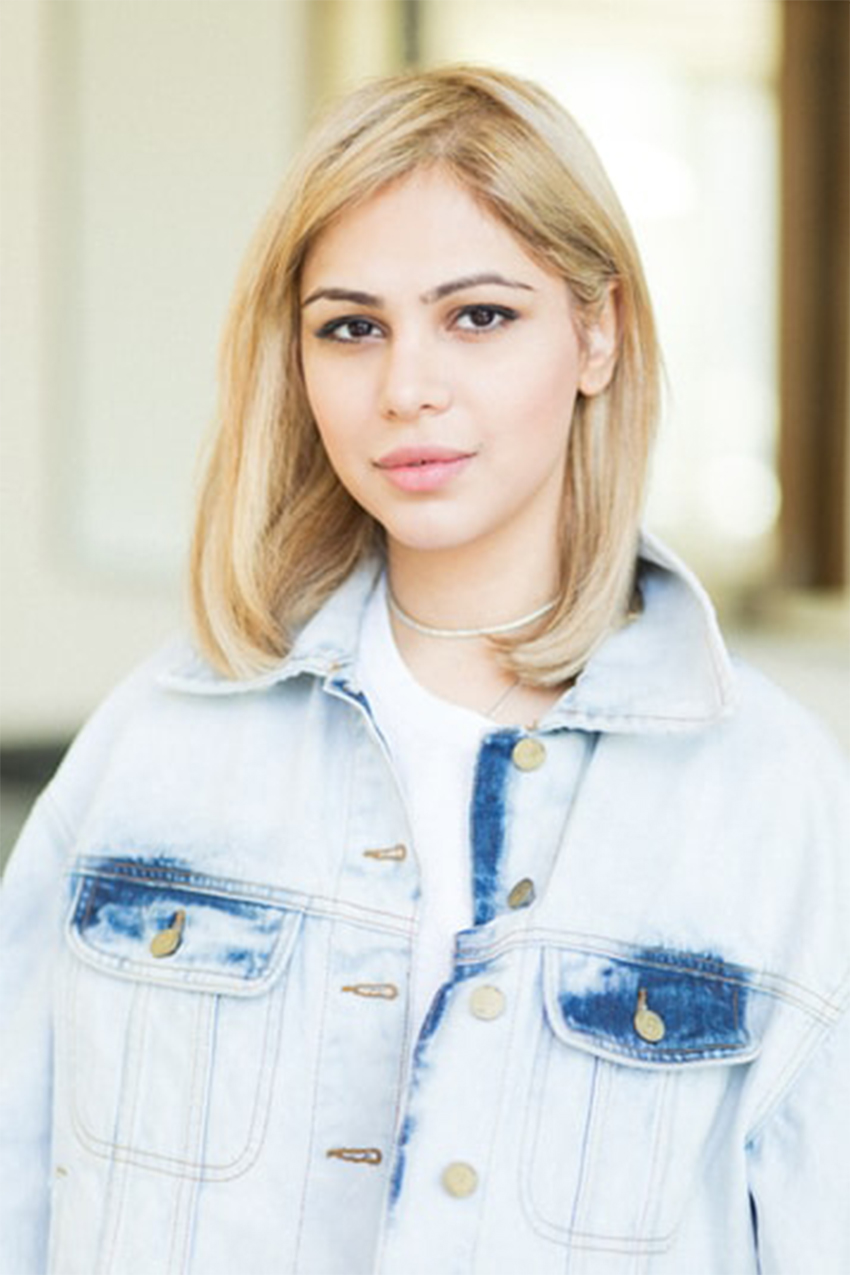
About the Brand: Warp + Weft is a denim brand that is not only dedicated to inclusive sizing but also to sustainable social and environmental production processes. Every pair of jeans is created from start to finish by the brand and uses 1490 fewer gallons of water in the production process than the traditional pair of jeans.
Why do you think traditionally the industry has shied away from creating more fashion-forward, bold, sultry pieces for curvier women?
I think it comes down to us being so hard on ourselves and our bodies. Top designers were usually men who had an idea of what a woman looks like and envisioned their designs on that. Us as women perpetuated that trend and over time, the images that resulted from this morphed our entire view on what is considered normal.
I think we live in an amazing time now where women are saying, No, we don't accept this. We are who we are and have the voice and the platform to express that. The more we see diversity, the more our brains acclimate to perceiving that is normal. We have made such strides as a global society in the past few years that wouldn't be possible without the evolution of social media and the internet. Of course, there is a downside as well, but overall, there is enough out there where people can choose what narrative to follow on social media, and that choice is powerful.
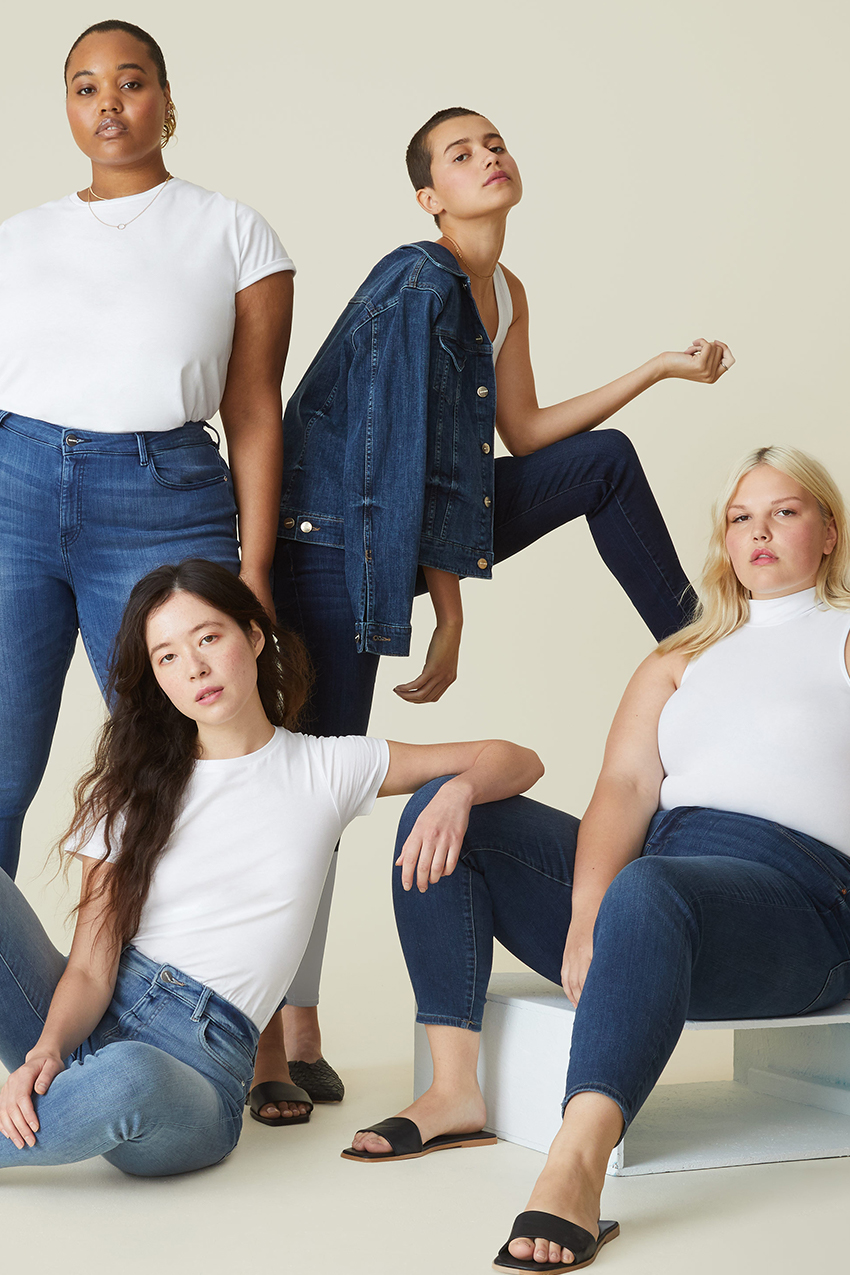
"When I think about denim, I think about how all over the world from the Far East to the Middle East and Africa to Europe and the Americas, other than a unique national or cultural dress, denim is a staple. It goes way beyond gender, body size, race, or religion, and its ability to unify us is nothing short of magical."
Through your own work, what do you hope your creations do within the industry and for the women wearing them?
My dream was to create a denim brand that represented the optimism, empathy, and inclusivity of the next generation. The name, which means the vertical and horizontal weave of every fabric, was an ode to both the universal nature of denim but also dream that together we would break the boundaries of what people thought of denim—how it is made, who is making it, and who it is ultimately wearing it. Our denim represents a global effort, in terms of both sustainable product production and inspiration, and the fact that we can do that for such a wide range of women is the biggest privilege of my life.
Katie Sturino, Founder of Megababe, and Body Positivity Advocate
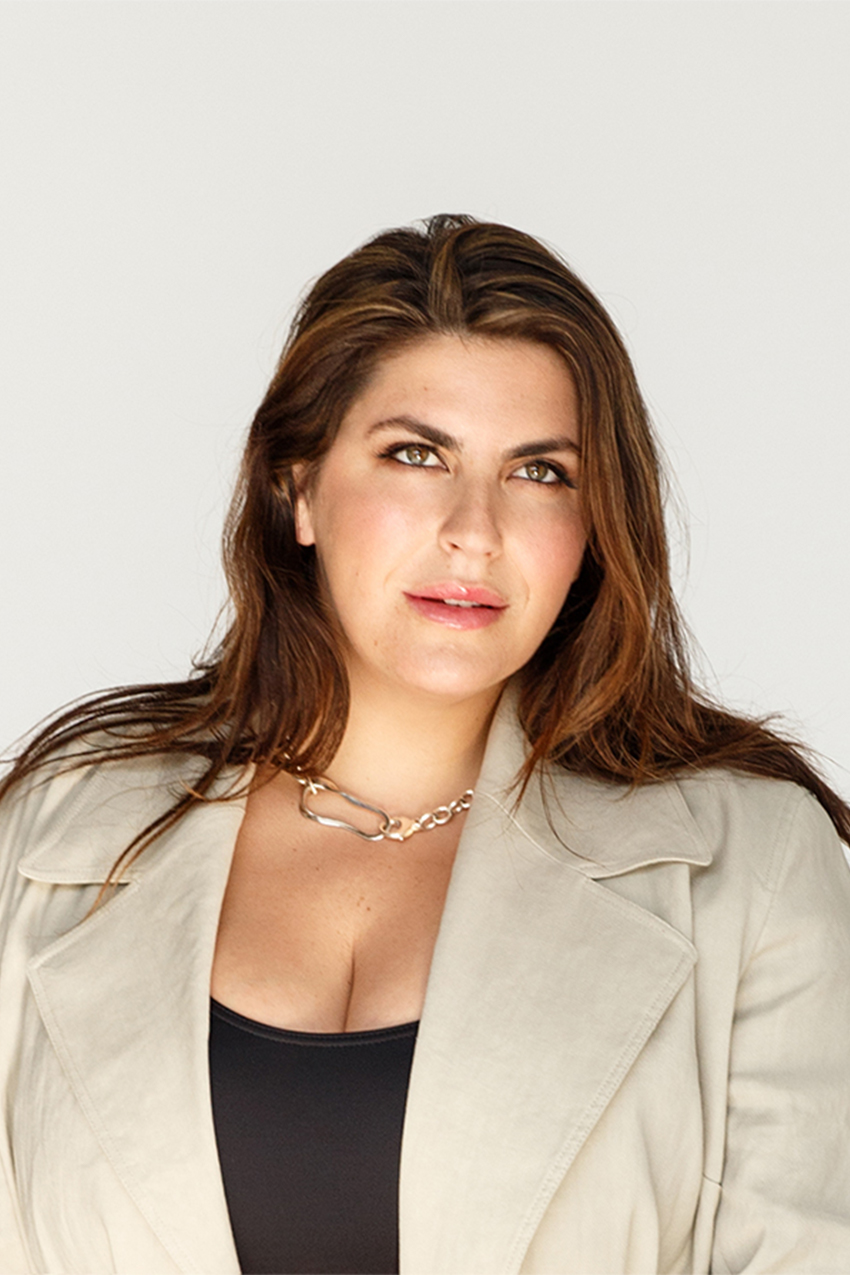
About Katie Sturino: the founder of the beauty brand Megababe, Katie Sturino has been one of the leaders in driving conversations around size inclusivity. More recently, she's collaborated with Stitch Fix (an online styling service) to create an exclusive line catered to women of all sizes.
You started as a blogger, and now you've started multiple ventures that cater to "niche" markets. From your experience, what do you want to say to people within the industry who say certain demographics aren't worth creating products for?
Let’s start with the fact that what I'm doing isn’t niche! Niche = small, but what I’m doing is catering to the majority of women. I am always hearing the word "niche" associated with my business Megababe, and about the plus-size clothing industry as a whole, which is not the case at all for either.
"Brands associate being plus with not having style, and that largely comes from the fact that there haven't been larger style icons. But the truth is, we want to wear the leopard! We want a hot pink miniskirt! We are not a generation of women trying to blend in or hide; we want to participate in fashion just as much as the size 4 girl."
Why do you think so many companies are averse to creating clothing for women of all sizes?
I think a lot of companies are afraid to take the leap. I feel like there are a lot of companies that will never change their tune, and I will never understand why because it is such a huge market. There are a lot of companies out there that add a 14 to their size range and call it a plus-size extension. It may be a bigger size for them, and they may pat themselves on the back for it, but they're not even reaching the average size woman. I feel like it will take a lot of time and convincing to make it a fully inclusive industry.
Eloquii, Yesenia Torres, Design Director
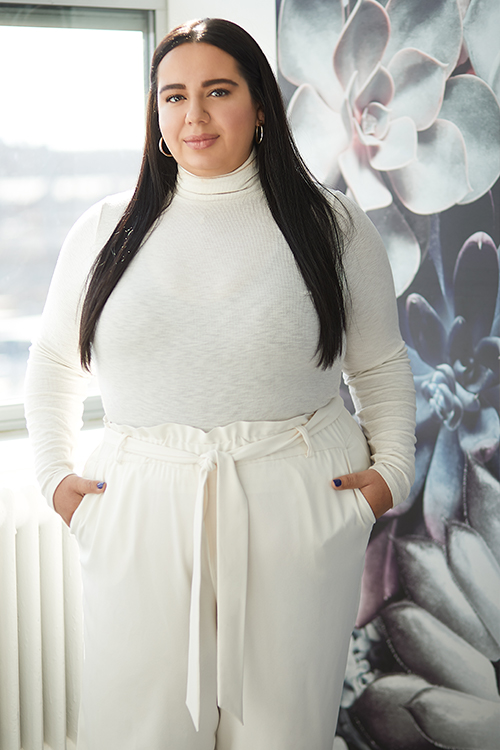
About the Brand: When the Limited closed in 2013, it was met with demands of the brand re-opening; from those demands came Eloquii. In many ways, the brand has been inextricably tied to its consumers since its conception. More recently it has taken consumer feedback and created a collaboration collection with Refinery 29 to create flexible weekend-wear options in inclusive sizes. Basically, its ability to listen to the consumers’ needs is what has made it a staple in women’s closets from coast to coast.
Why do you think traditionally the industry has shied away from creating more fashion-forward, bold, sultry pieces for curvier women?
This thinking goes back almost as far as I can remember. Growing up as a customer myself, many women size 14+ were almost taught to shy away from bold pieces that enhanced their shape to blend in. I am glad to see how far we’ve come in terms of providing trend-driven fashion that she can proudly wear to further enhance how the world sees her, and even more pleased to be a part of this ever-changing industry. There is nothing to be shy about, and we definitely aren't one of the brands teaching her to hide her body anymore.
"Fashion doesn't just stop at a size 14, and every woman deserves to have great options that suit her style.”
Why do you think so many companies are averse to creating clothing for women of all sizes?
The industry is growing at a rapid pace, and it has been exciting to see the momentum for this customer after she has been underserved for so long—just look at the amazing representation for women sizes 14+ at NYFW alone! Yet there is still so much more work to do, and I believe a lot of it has to do with education, as there are many factors that come into consideration to design trend-driven clothing for this customer, from understanding what fit models the brand uses to where they are sourcing product. We have made progress, and that is an inspiring start, but at the end of the day, it all starts with the customer. If companies aren't willing to put the resources in making a real relationship with her and understanding her needs, they won’t be successful.
Next: I Design for All Body Sizes, and These Are the Shopping Picks I'm Loving Now
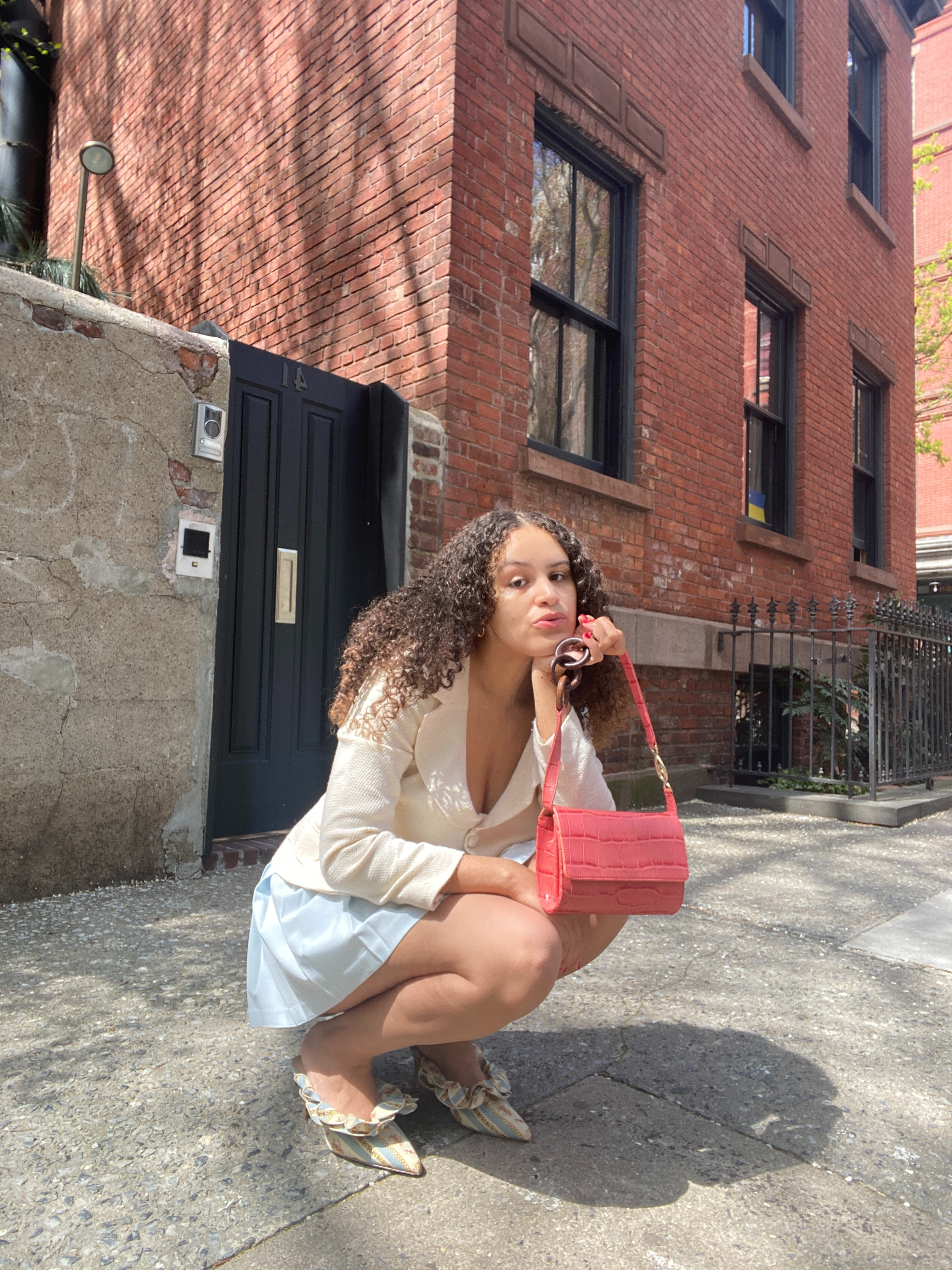
Jasmine Fox-Suliaman is a freelance writer and editor living in New York City. What began as a pastime (blogging on Tumblr) transformed into a lifelong passion for unveiling the connection between fashion and culture on the internet and in real life. Over the last decade, she's melded her extensive edit and social background to various on-staff positions at Who What Wear, MyDomaine, and Byrdie. More recently, she’s become a freelance contributor to other publications including Vogue, Editorialist, and The Cut. Off the clock, you can find her clutching her cell phone as she's constantly scrolling through TikTok and The RealReal, in search of the next cool thing.
